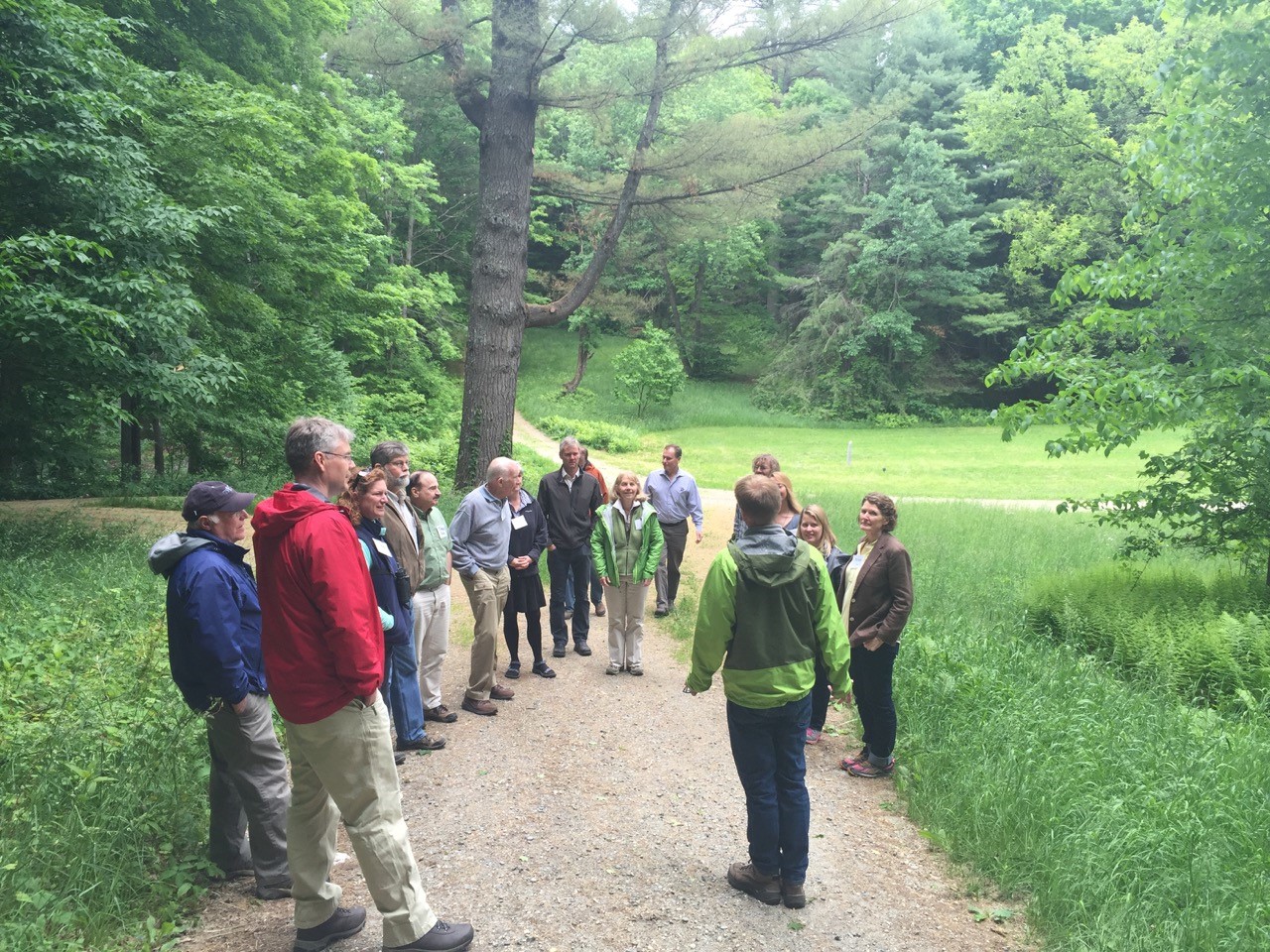Breaking Down Barriers to Biodiversity Conservation
Mar. 6th 2018In June of 2016, stakeholders involved in biodiversity and conservation work came together at an event sponsored by staff from the Vermont Center for Ecostudies, Hubbard Brook Research Foundation and Middlebury College. The event encouraged the breakdown of silos separating these stakeholders, which included terrestrial and aquatic ecologists and biologists, conservationists, ecological economists, foresters, woodlot owners, environmental grant-makers from private foundations, and state policy-makers. Attendees were tasked with developing an agenda to conserve biodiversity in Vermont and to identify unified conservation strategies. They answered two questions: what are the key threats to biodiversity conservation in Vermont and what knowledge do we need to address these threats?
Participants listed primary threats to biodiversity including invasive species, climate change, limited public engagement with conservation, and land-use change. They also identified informational gaps that challenge effective responses to these threats. To help eliminate these gaps, they pinpointed four types of research studies:
- Quantifying human benefits of biodiversity conservation in terms of ecosystem services,
- Developing more effective tools and methods for communication of conservation science,
- Supporting spatial conservation planning, and
- Long-term ecological monitoring that records changing ecosystem conditions.
Participants highlighted the importance of local research and information, which they described as key to tailoring actions and policies to fit the state. Local research studies and information are regarded as more relevant to decision makers and make it easier for them to justify conservation actions.
Meeting attendees also focused on communication challenges, including how and what to communicate about biodiversity conservation in Vermont. They determined that a need exists to develop a new narrative that goes beyond focusing on intrinsic values of ecosystems to showcase for the public the practical benefits of biodiversity conservation and healthy ecosystems.
Ways to improve biodiversity conservation communication include expanding public support for conservation strategies that consider human use of the landscape and developing better messages for conservation. Communication can also be improved through continued and regular dialogue among conservation stakeholders, which can be used to augment communication with the public. This can help narrow gaps between science and action and help to recognize and achieve biodiversity conservation goals.
As climate change, development, and other economic and demographic changes alter land use in Vermont, developing conservation strategies that cross stakeholder boundaries to create a more unified set of strategies and increase successful implementation of these strategies offers opportunities for proactive conservation measures. New types of collaboration among scientists, policymakers and other stakeholders will help them to act on these opportunities.
Overall, this meeting provided an outline of a research agenda that can be used to help inspire political and public support for sound conservation practices. It can be used by scientists to identify future research to pursue, by policymakers to gain knowledge of key biodiversity themes and issues, and by foundations that provide funding for conservation to inform funding opportunities and decisions. A report summarizing the findings from the meeting is available at https://vtecostudies.org/scientific-publications/.
 ecoNEWS VT
ecoNEWS VT